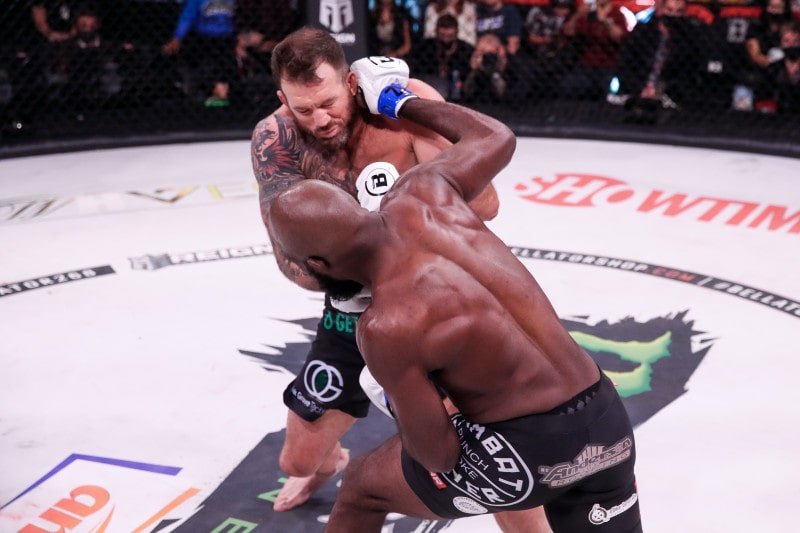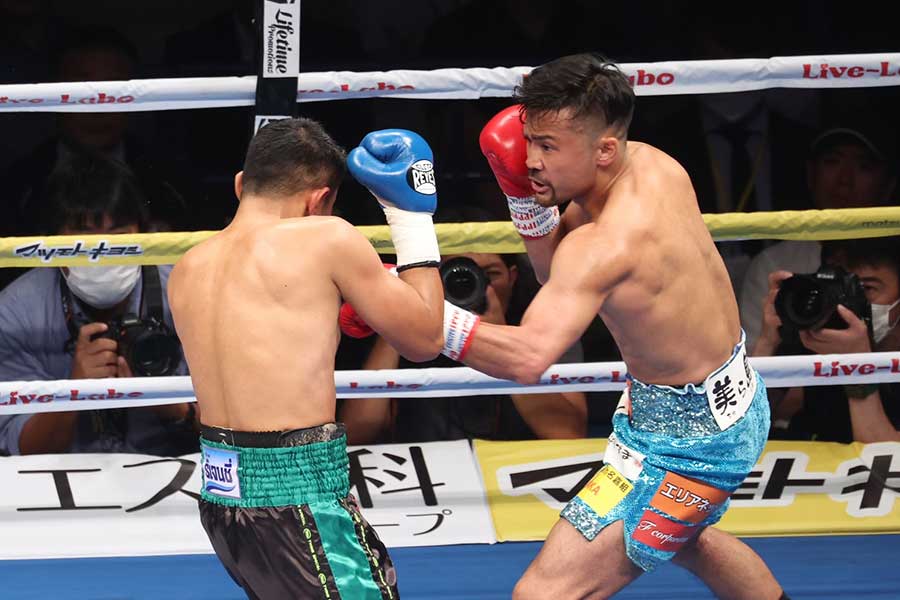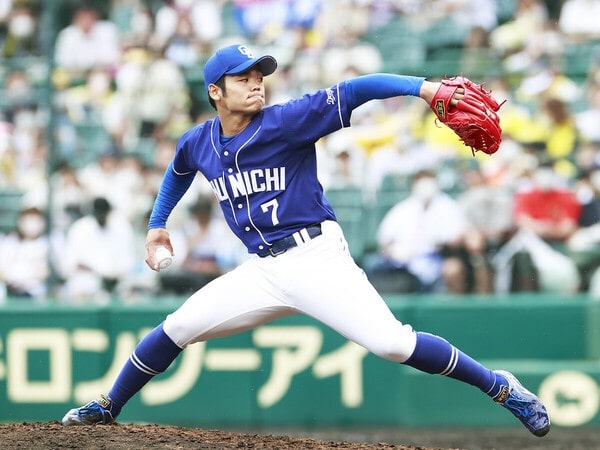
Attack in Kendo is an essential element for winning a match.
However, learning how to attack effectively requires not only honing your technique, but also discerning the right timing, the insight to predict your opponent’s movements, and above all, your mental fortitude.
In this article, we will focus on tips on how to attack in Kendo, and introduce specific methods for everyone from beginners to advanced players to improve their attacks according to their own level.
From the basics of Kendo to advanced strategies, we hope that you will gain useful knowledge for your Kendo career through this article.
First, we will touch on the importance of attacking techniques in Kendo, and then dig deeper into practical techniques and mental tips.
Let’s walk together on the road to victory.
目次
Introduction: The importance of attack in Kendo
Kendo is not simply a competition of technique and physical strength, but is a martial art in which psychological warfare with the opponent is a very important element.
Here, we will delve deeper into the basic philosophy of attack in kendo and its importance.
How to attack?
In Kendo, “attack method” refers to the method of approaching an opponent in order to make an effective strike.
This includes not only technical movements, but also strategies for controlling the match and the ability to read the opponent’s psychology.
In kendo, the key is not just attacking, but how to take advantage of the opponent’s openings and lead to effective strikes.
Importance of attack method
The importance of attack in Kendo is not just for scoring points.
An offensive posture is necessary in order to put pressure on the opponent and lead the flow of the match in your favor, and also to improve your own mental state and maintain concentration.
The more effective your attacks are, the more time your opponent will have to defend, allowing you to take control of the match.
Basic offensive philosophy
There are several basic principles for attacking in kendo. First, the importance of being proactive.
By attacking aggressively, you can restrict your opponent’s movements and create advantageous situations.
Next, read the other person’s psychology. Predicting your opponent’s next move and taking countermeasures against it are essential for a successful attack.
Finally, train your mind. Finding the balance between staying calm and attacking aggressively is the key to success in Kendo.
Refinement of attack techniques in Kendo not only improves technique, but also leads to spiritual growth.
By learning how to attack, you will be able to develop the ability to face difficult situations, not only in Kendo but also in everyday life.

Basic attack tips
For beginners who have just started Kendo, the attack method may seem complicated at first glance.
However, by following the basics faithfully, you can learn how to attack effectively.
Here we will introduce basic attack methods and tips for beginners.
correct posture and breathing
Correct posture and breathing, which are the basics of kendo, are the foundation for effective attacks.
Maintain a position that is easy to move by stretching your back, relaxing, and breathing deeply.
This will also increase your concentration and improve your decision-making during the match.
Understanding distance
In Kendo, it is very important to maintain an appropriate distance from your opponent.
By understanding distance and maintaining a position that is advantageous to you, you will find it easier to find opportunities to attack.
Plan when to attack and how to attack while reading the distance to your opponent.
Start with small tricks
For beginners, it is recommended to start with attacks using small techniques rather than attacks with large movements.
Small tricks have a high success rate and are easy to perform, so you can build confidence.
For example, start practicing with basic techniques such as kote-uchi and men-uchi, and gradually progress to more complex techniques.
predict your opponent’s movements
In order to attack effectively, you need the ability to predict your opponent’s movements.
If you can read your opponent’s next move from their posture, line of sight, and breathing, and take the first move, you will increase the success rate of your attack.
This ability will come naturally with experience.
continuous practice
In Kendo, all techniques, including attack techniques, can only be improved through continuous practice.
In order to master basic attack techniques, it is important to practice daily and constantly strive for self-improvement.
It is also important to observe the movements of advanced students and instructors and learn from them.
By keeping these basic attack tips in mind, even beginners can improve their performance in Kendo matches.
The key to growth in Kendo is to always stay true to the basics and approach the battle calmly.

How to attack for advanced players
In advanced Kendo, it is not only important to learn techniques, but also strategic thinking.
As you become an advanced player, the technical differences become smaller, and your victory or loss will be greatly influenced by tactics and psychological warfare.
Here, we will delve into advanced attacks and strategies for advanced players to gain an advantage in the game.
strategic distance management
In advanced matches, fine distance adjustments are extremely important.
The key to attacking is to subtly change the distance between you and your opponent to provoke a reaction from them and exploit that gap.
By controlling the distance, you can block your opponent’s attacks while maximizing your chances for effective strikes.
Use of mental pressure
Advanced players use not only technique but also mental pressure to attack their opponents.
This is a tactic that uses intense gaze and pressure to disrupt the opponent’s concentration and invite mistakes.
If your opponent is mentally unstable, they will be more likely to make technical mistakes and have more opportunities to attack.
Use of irregular techniques
After learning basic attack techniques, advanced players also utilize irregular techniques.
This includes attacks from a timing or direction that is difficult for the opponent to predict.
By making full use of irregular techniques, you can outwit your opponent’s predictions and create opportunities for effective strikes.
mastering the timing
The most important thing for advanced players to attack is mastering timing.
The ability to identify the optimal moment and seize a split second to launch an attack is honed through years of experience and practice.
The secret to advanced attacks is to adjust your movements to match your opponent’s movements and stay one step ahead of your opponent.
Continuous analysis and learning
Advanced players constantly analyze not only their own fighting style, but also their opponent’s tactics and techniques.
After the match, it is important to reflect on the weaknesses in your attack and defense and find areas for improvement.
This continuous analysis and learning takes advanced players to even higher levels.
For advanced players, attacking is an area that requires not only the acquisition of techniques and tactics, but also mental growth and strategic thinking.
Success in the game comes from the blending of all these elements into a holistic skill set.

How to determine when to attack
In Kendo, the timing of attacks is an important element that influences the flow of the match.
If you can launch an attack at the right time, you will be able to overwhelm your opponent and lead to effective strikes.
Here, we will explain in detail the timing of effective attacks and how to identify them.
read your opponent’s movements
In order to determine the timing of an effective attack, it is important to first read your opponent’s movements.
Predict what your opponent will do next based on their posture, breathing, and gaze.
In particular, the moment when your opponent is about to attack, or when your stance temporarily collapses, is an opportunity to attack.
don’t break your rhythm
When determining the timing of your attack, be sure not to disrupt your rhythm.
If you keep adapting to your opponent, you will lose your own pace and your movements will become predictable.
The key to finding the right timing to attack is to exploit your opponent’s gaps while maintaining your own rhythm.
give a feeling of pressure
By creating a sense of pressure on your opponent, you can create the timing to attack.
By putting pressure on the other person, such as by taking a step forward or making your gaze stronger, you can confuse the other person.
When your opponent is upset, it’s a great opportunity to attack.
Technology to create gaps
Techniques to create openings for your opponent are also useful in determining the timing to attack.
For example, there are methods such as deliberately showing a small opening to lure the other person, or making a slight feint to see how the other person reacts.
By moving your opponent in this way, you can create your own timing to attack.
continuous observation and experience
Finally, continued observation and experience are essential to determining when to attack effectively.
By experiencing many matches and practices, you can learn how to deal with various types of opponents.
It is also important to observe how advanced players and leaders fight and learn from their timing.
Knowing when to attack is one of the most advanced skills in Kendo.
By practicing with the above points in mind and gaining experience in actual combat, you will naturally develop a sense of timing.

Specific offensive techniques (technical edition)
Kendo has a variety of offensive techniques, and each has its own techniques and techniques.
Here, we will introduce typical attack techniques used in Kendo and technical advice on how to use them effectively.
Face beating
- Overview : The most basic attack, a technique that hits the opponent’s face (head).
- Tip : Accurately gauge the distance between you and your opponent, and at the moment you strike, put your weight on your front foot and step in all at once. When hitting the surface, it is important to maintain a firm posture. It is also a good idea to practice “hitting and running away” by quickly taking a distance after striking and repositioning.
Koteuchi
- Summary : This is an attack technique that aims at the opponent’s wrist.
- Tip : Kote-uchi is effective the moment the opponent’s sword tip rises. When attacking, move in by lightly brushing the tip of your opponent’s sword, then quickly strike your wrist. The key is to aim for the back of your opponent’s wrist.
body blow
- Summary : A technique that hits the opponent’s torso from the side.
- Tip : Body strikes are effective when used as a counter when your opponent launches an attack. When striking, watch the movement of your opponent’s sword and try to avoid that movement and strike from the side. In addition, in order to successfully perform a dodge, it is important to practice the action of swinging the tip of the sword in a large swing (large swing avoidance).
Menbutsu
- Summary : A technique that thrusts towards the opponent’s face.
- Tip : Menbutsu is often used to put pressure on an opponent. It requires accurate distance and timing, and is especially effective when used as a counterattack immediately after the opponent launches an attack. When performing Mentsuki, the key is to lunge quickly while keeping your body low.
Kick-in surface
- Overview : This is a technique where you hit the opponent while kicking them in the face while being close to them.
- Tip : Use this technique when you are very close to your opponent. The idea is to throw a kick to make the opponent lose their balance, and then use that opportunity to strike the opponent in the face. When performing the Kiikomi Men, it is important to put your weight forward at the same time as the kick and hit the Men with force.
In order to learn and use these offensive techniques, it is essential to acquire the correct form and movement.
Additionally, each technique has its appropriate use, and it is also necessary to develop the ability to assess the situation at the same time.
Through practice, try to make these techniques your own and put them to use in actual combat.

How to train your mental and physical strength
The attack method in Kendo is not just about technical aspects, but also how to train your mental and physical strength is extremely important.
In order to establish an advantage in the game and maintain high performance over a long period of time, it is necessary to train these aspects in a well-balanced manner.
How to train your mental health
self-dialogue practice
Making positive self-talk a habit is an effective way to strengthen your mental health. By giving yourself words of encouragement and remembering your past successes, you can approach the game with confidence.
mental training
By incorporating mental training such as meditation and breathing techniques, you will develop the ability to maintain a calm mind. It not only relieves the tension before a match, but also improves concentration.
goal setting
Setting specific, achievable goals and working toward them will help you stay motivated and strengthen your mental health. Each time you achieve a goal, your confidence grows and you become more willing to take on bigger challenges.
How to train your physical strength
Improving basic physical strength
Improve your basic physical strength by incorporating exercises other than Kendo, such as running and swimming. Training that focuses on the balance between endurance and explosive power is particularly effective.
strength training
Attacking in Kendo requires explosive power and muscular endurance. Therefore, we regularly perform strength training that uses the entire body to create a body that can consistently perform at a high level during matches.
Increased flexibility
Flexibility not only helps prevent injuries, but also improves the accuracy and speed of your techniques. It is important to stretch on a daily basis and increase your body’s range of motion.
nutrition and rest
Adequate nutrition and proper rest are essential for recovering and improving physical strength. Eating a balanced diet and getting enough sleep will help you get the most out of your training and keep your body in tip-top condition.
By training both your mental and physical strength, you can grow into a swordsman who is both mentally and physically strong, even when it comes to attacking Kendo.
Being aware of these training methods not only in your daily practice but throughout your life is the key to long-term growth and success.

Summary: Things to be aware of during daily practice
When practicing Kendo, it is important not only to spend time, but also to improve the quality of your time.
The following is a summary of efficient practice methods and specific tips for improving your attack style through practice.
By incorporating these into your daily practice, you can expect not only technical improvement but also spiritual growth.
have a sense of purpose
- Before you start practicing, set a clear goal for the day. Having a goal, such as honing a specific technique or improving the timing of your attacks, increases your concentration and allows you to practice more efficiently.
be faithful to the basics
- Don’t forget to practice the basic movements of Kendo over and over again. Having a firm grasp on the basics, such as correct posture, foot movement, and the form of strikes, will lead to the acquisition of more advanced techniques.
repeated practice
- Repetitive practice is effective in improving specific offensive techniques. By repeating a technique over and over again, the movement will become ingrained in your body and you will be able to perform it naturally during a match.
practice with different opponents
- Improve your ability to respond by practicing with different types of opponents. If you can change your attack style depending on your opponent, the range of responses you can take in a match will expand.
Leverage feedback
- Actively seek and incorporate feedback from your supervisors, seniors, and colleagues. Having someone point out habits and areas for improvement that you may not have noticed on your own is a shortcut to growth.
body and mind care
- Make your practice more effective by getting enough rest and proper nutrition. We also aim to strengthen our mental health by incorporating mental training.
Practice for a match
- Let’s practice in a format that simulates an actual match. By practicing in conditions similar to a match, such as by setting a time limit and having a referee, you can develop a sense of actual competition.
In Kendo, daily efforts are extremely important. By keeping an efficient practice method in mind, you will not only improve your technique, but you will also greatly grow mentally.
Cherish the experience you gain through practice and always aim for self-improvement.




